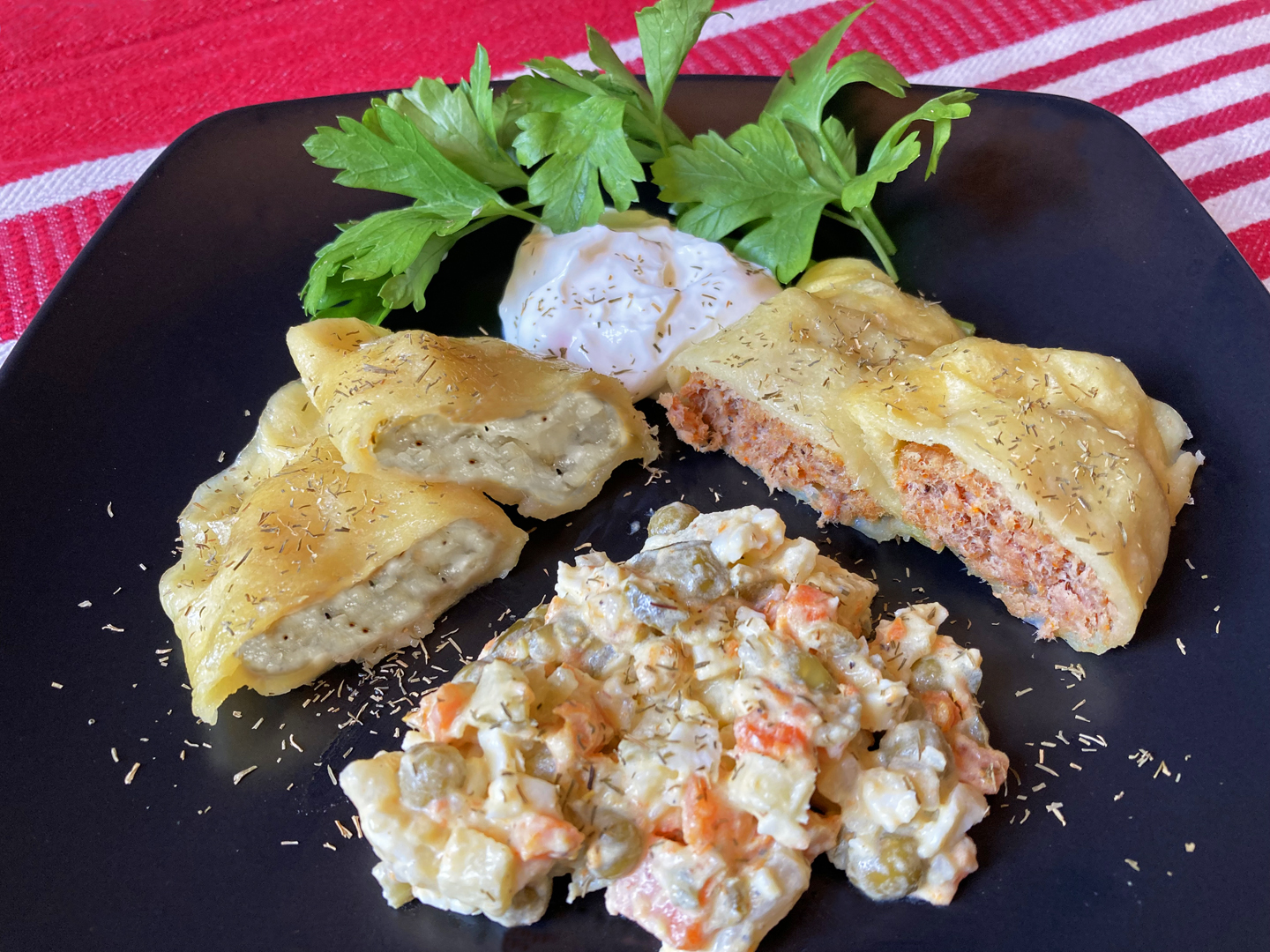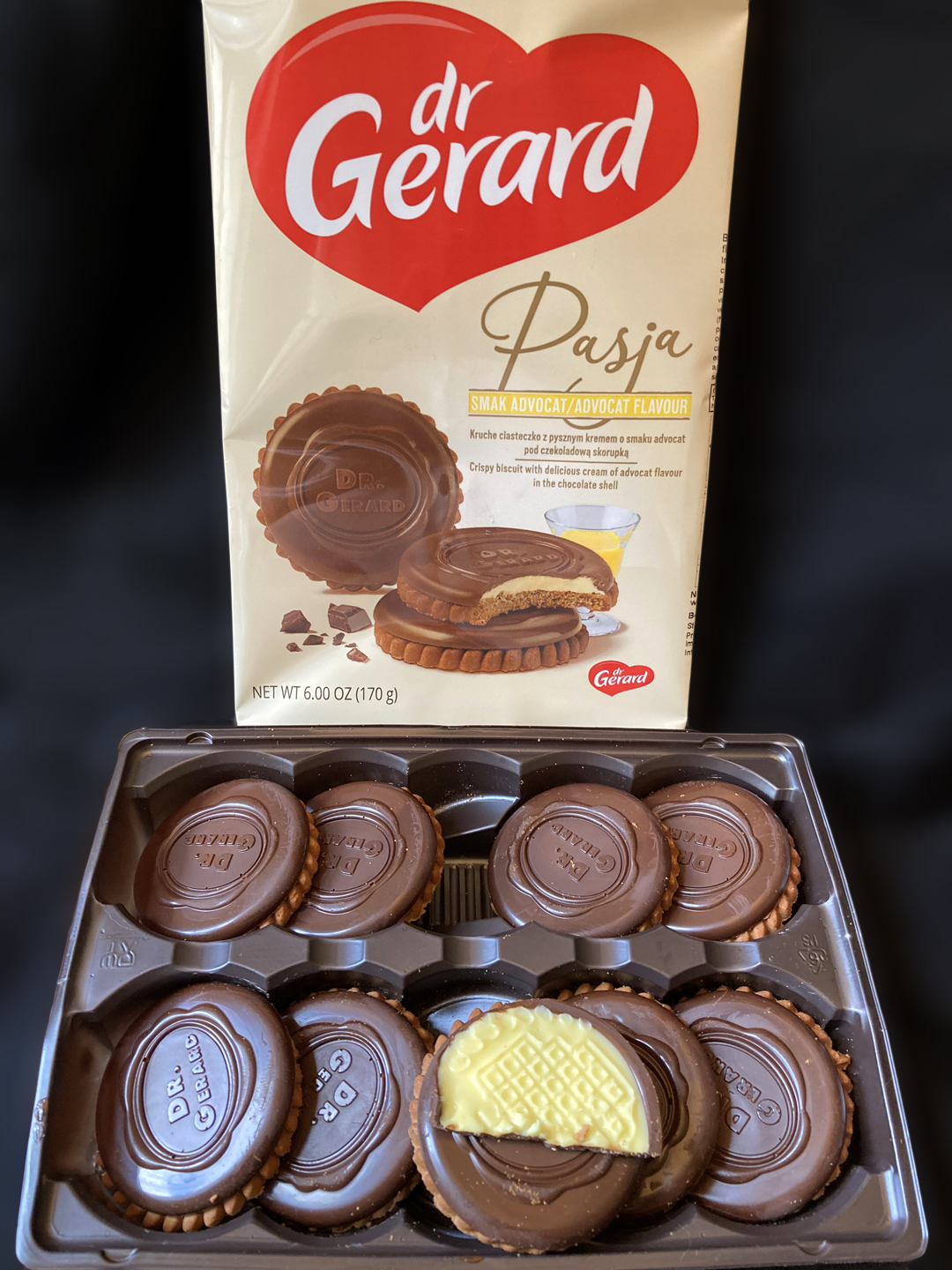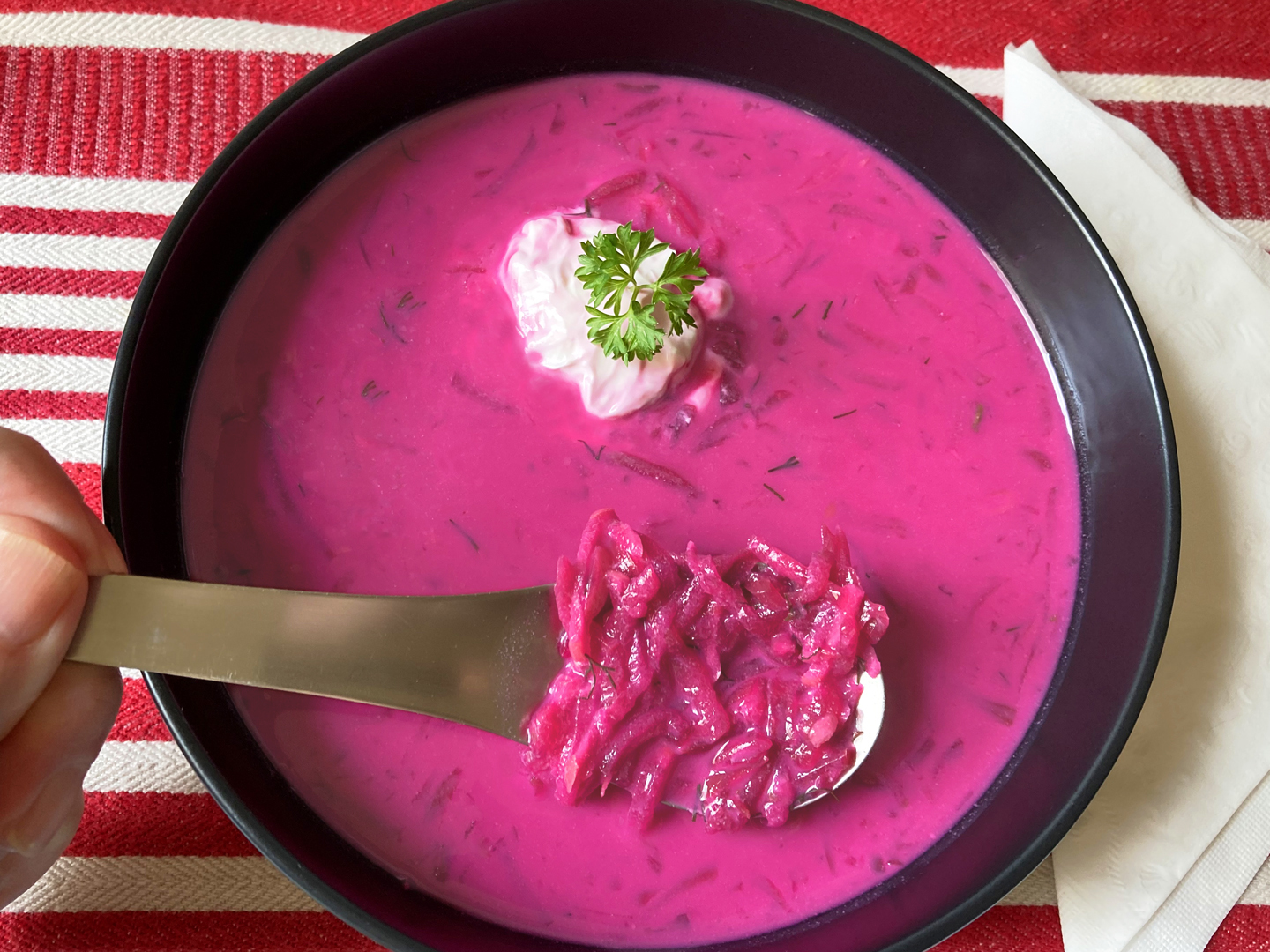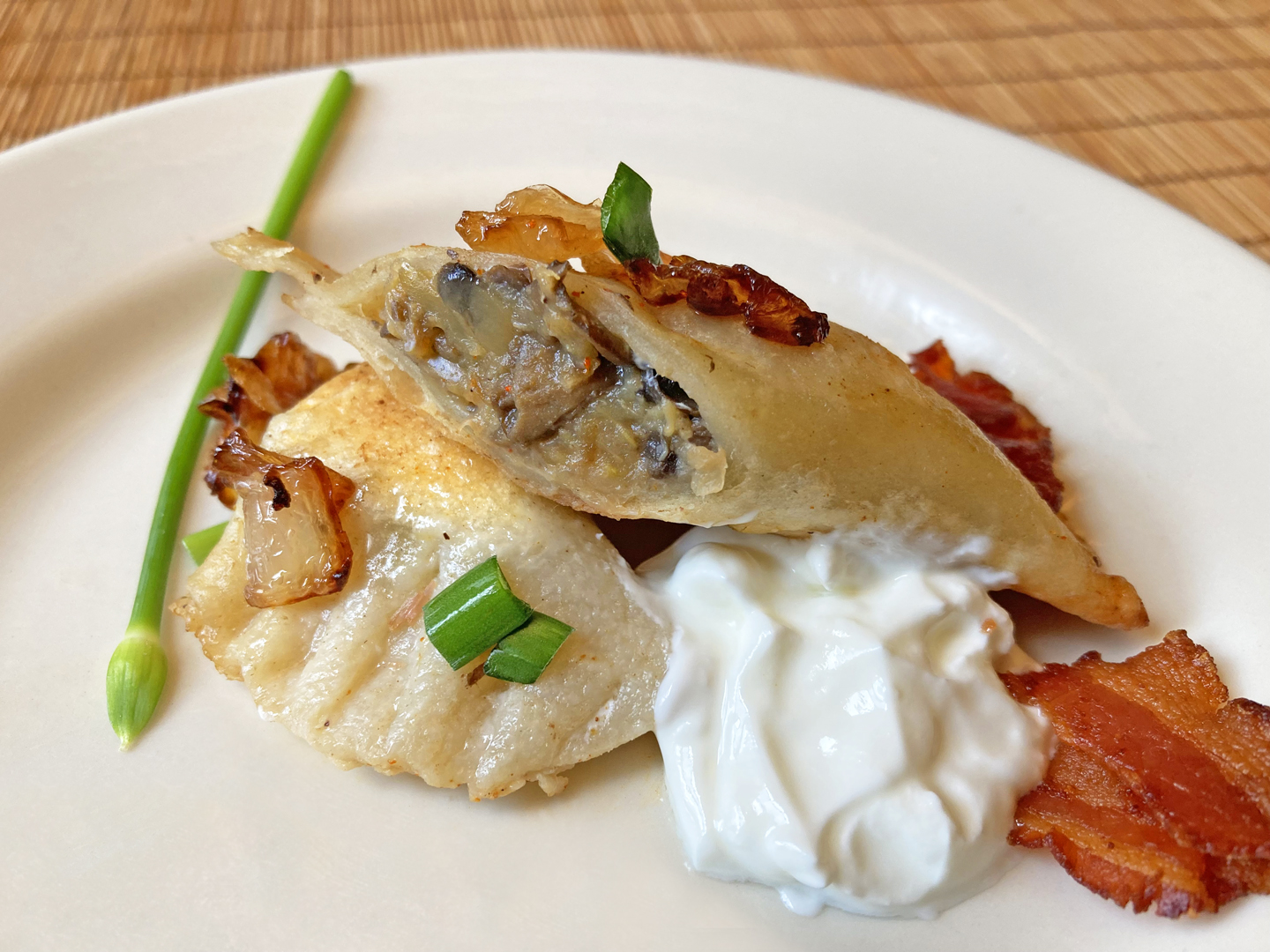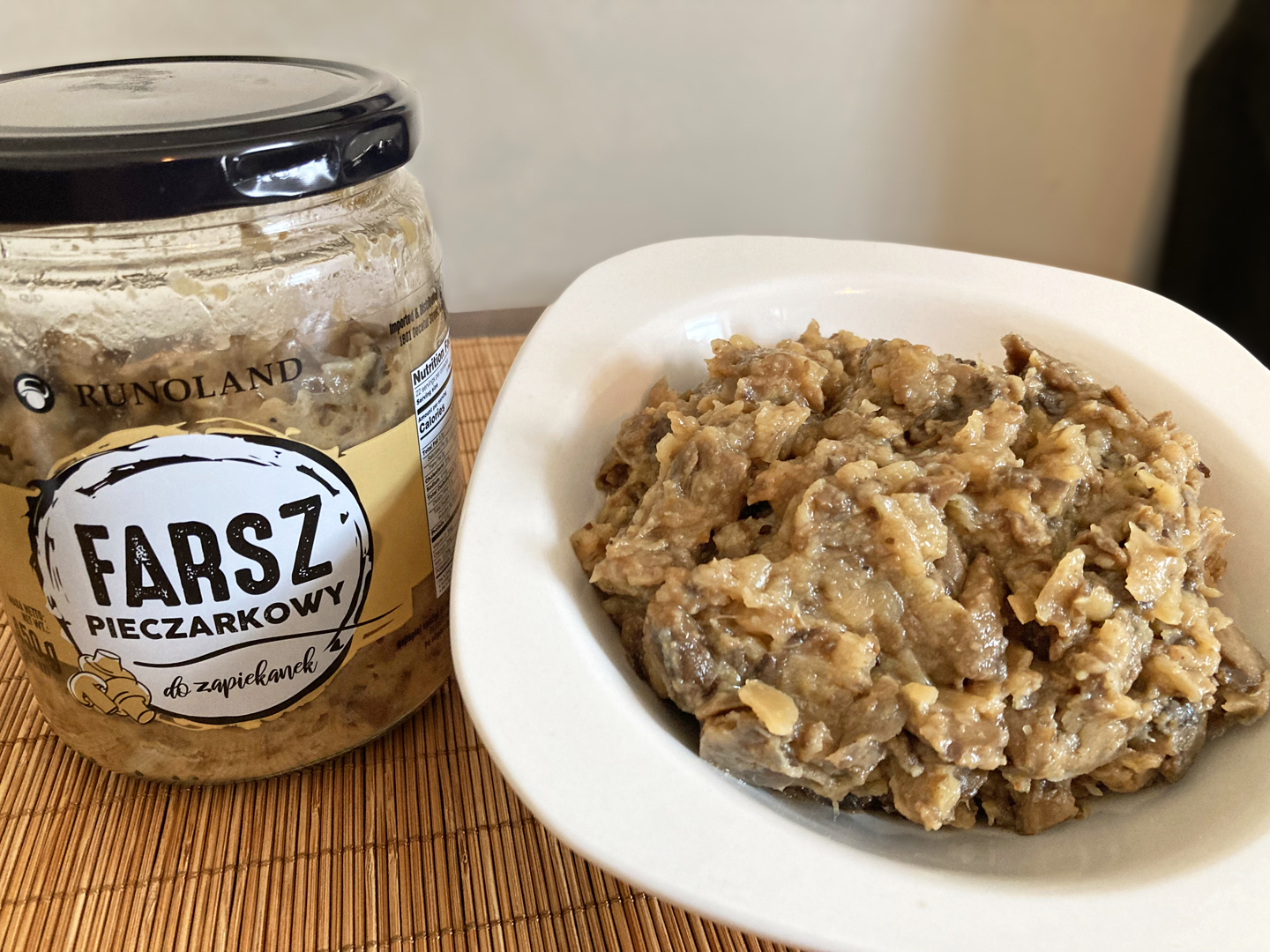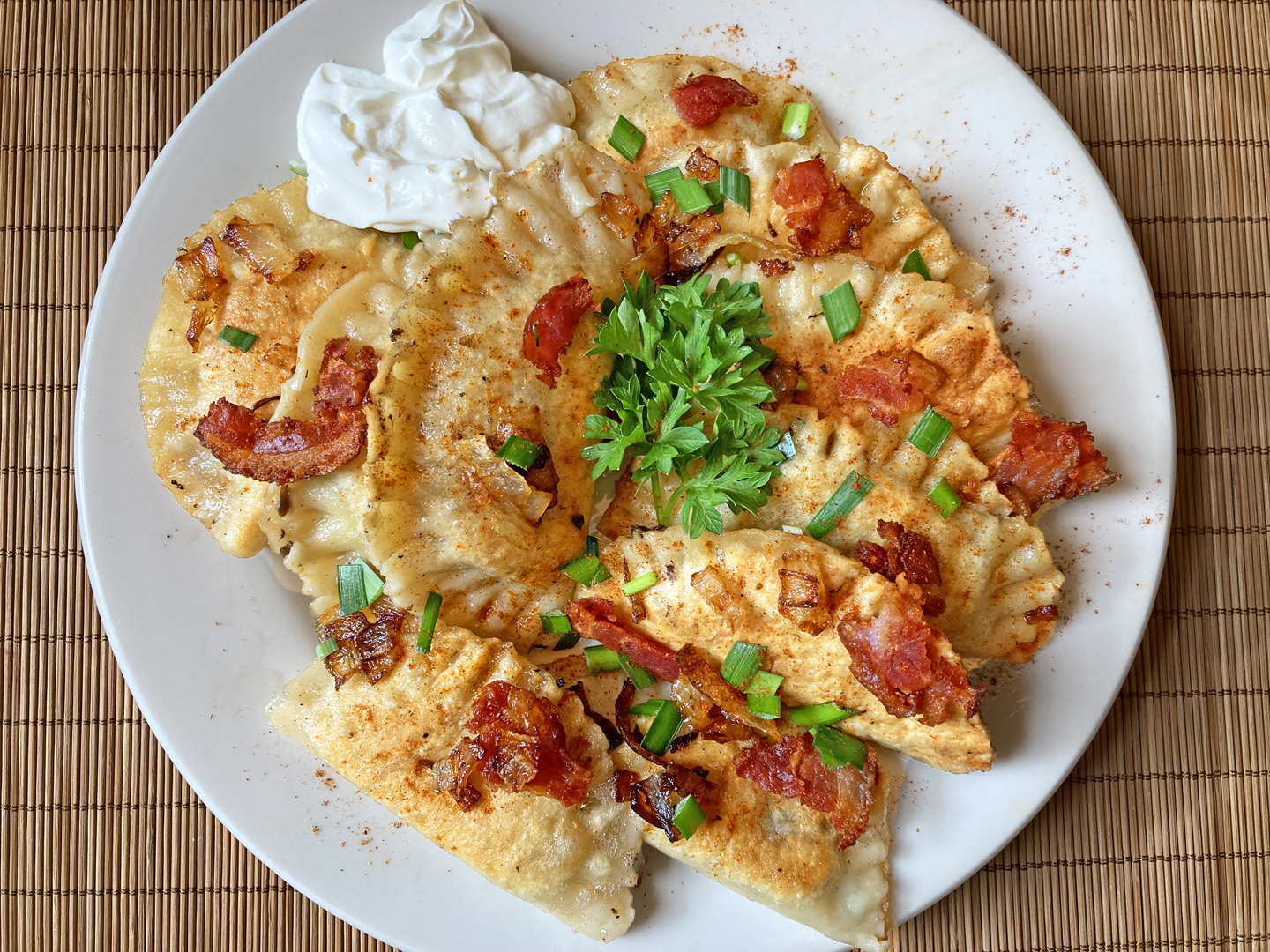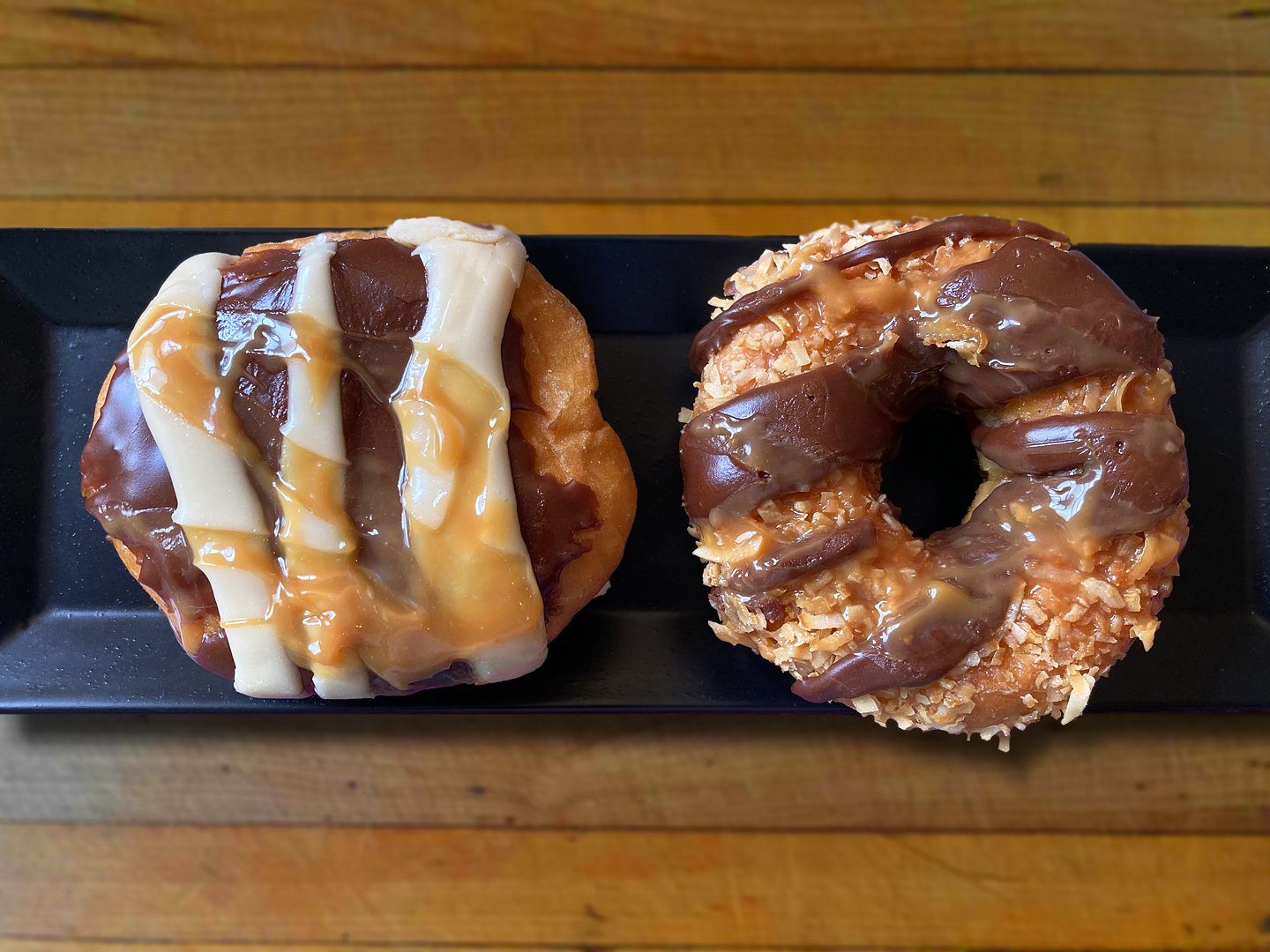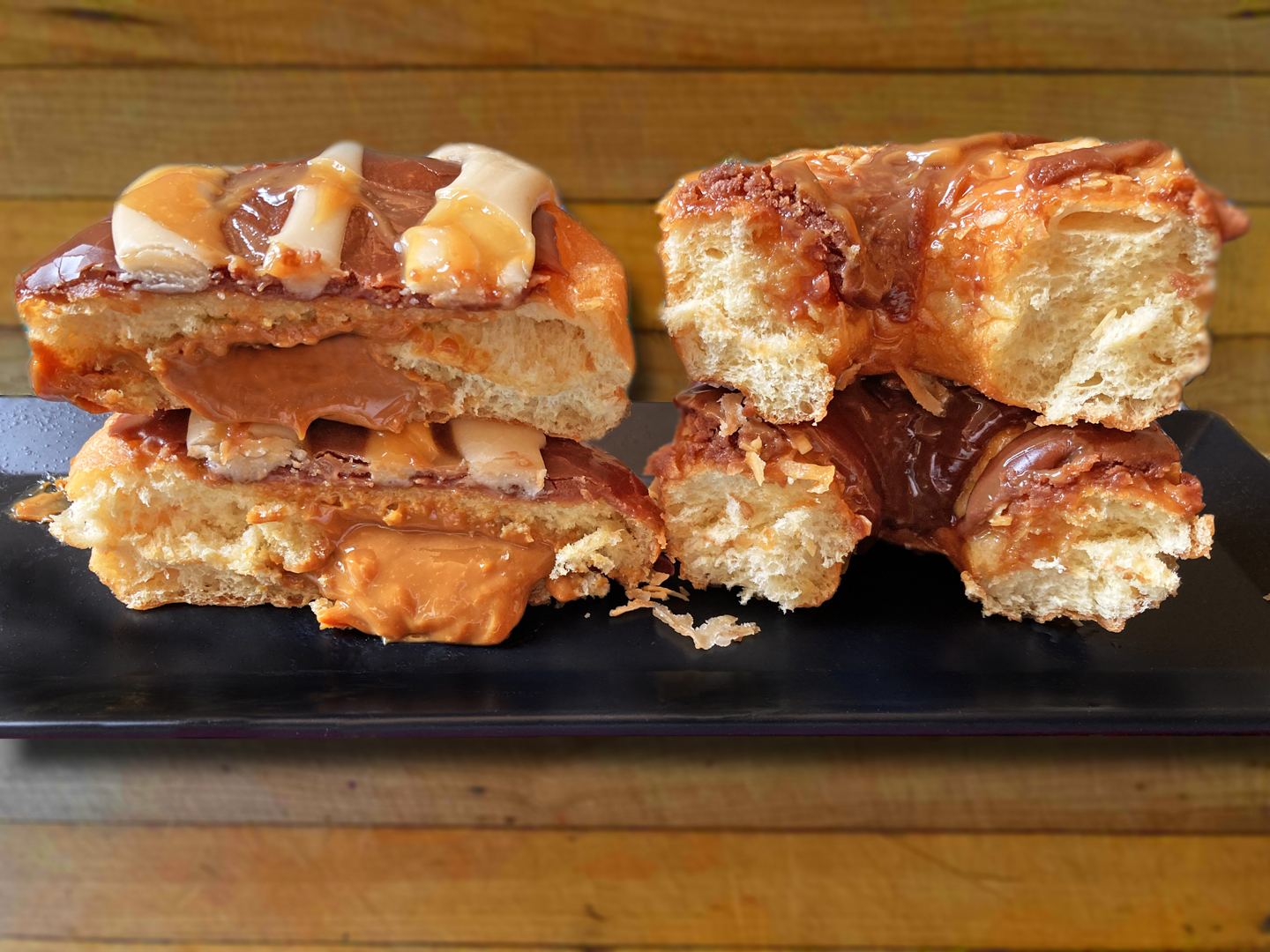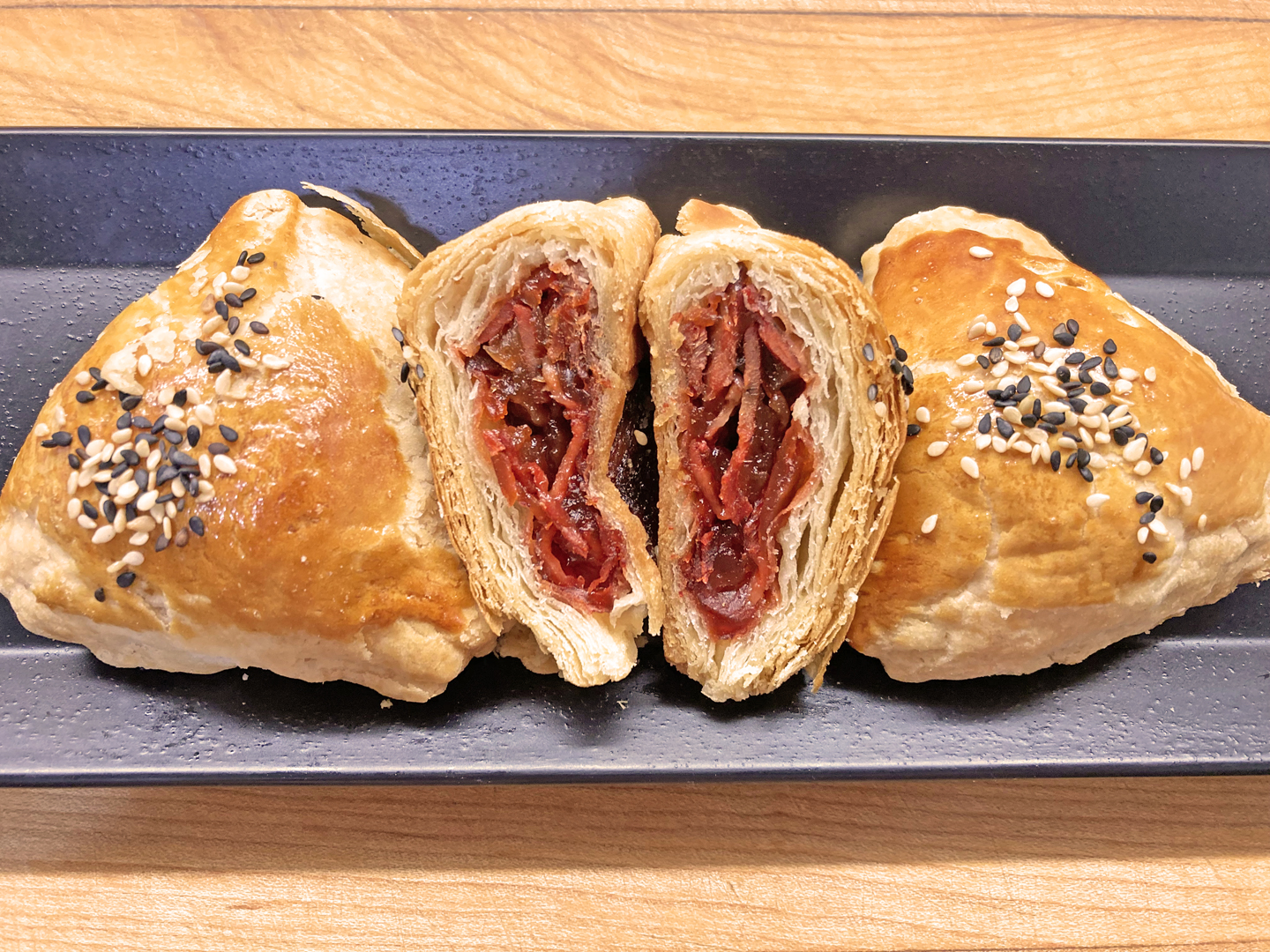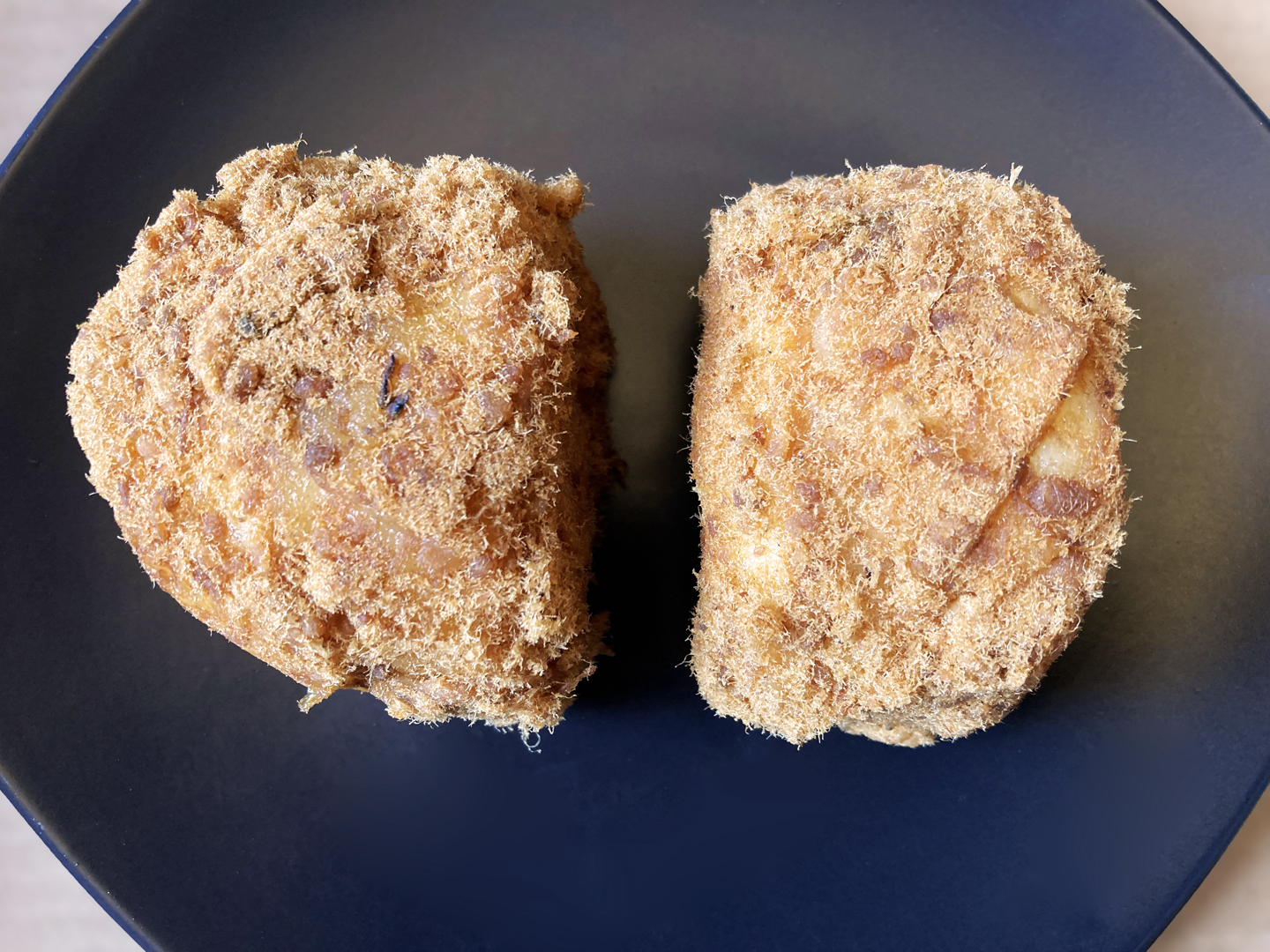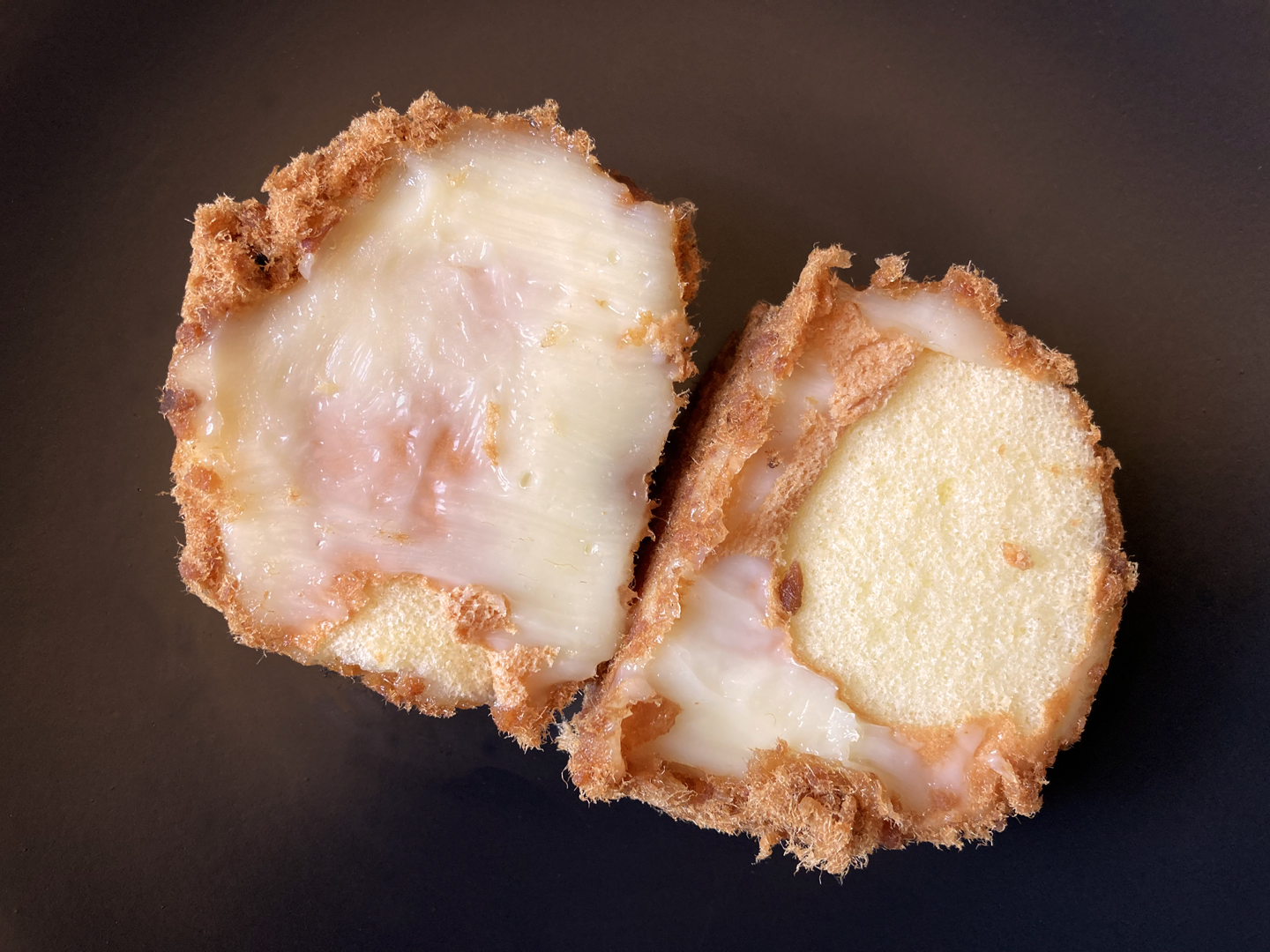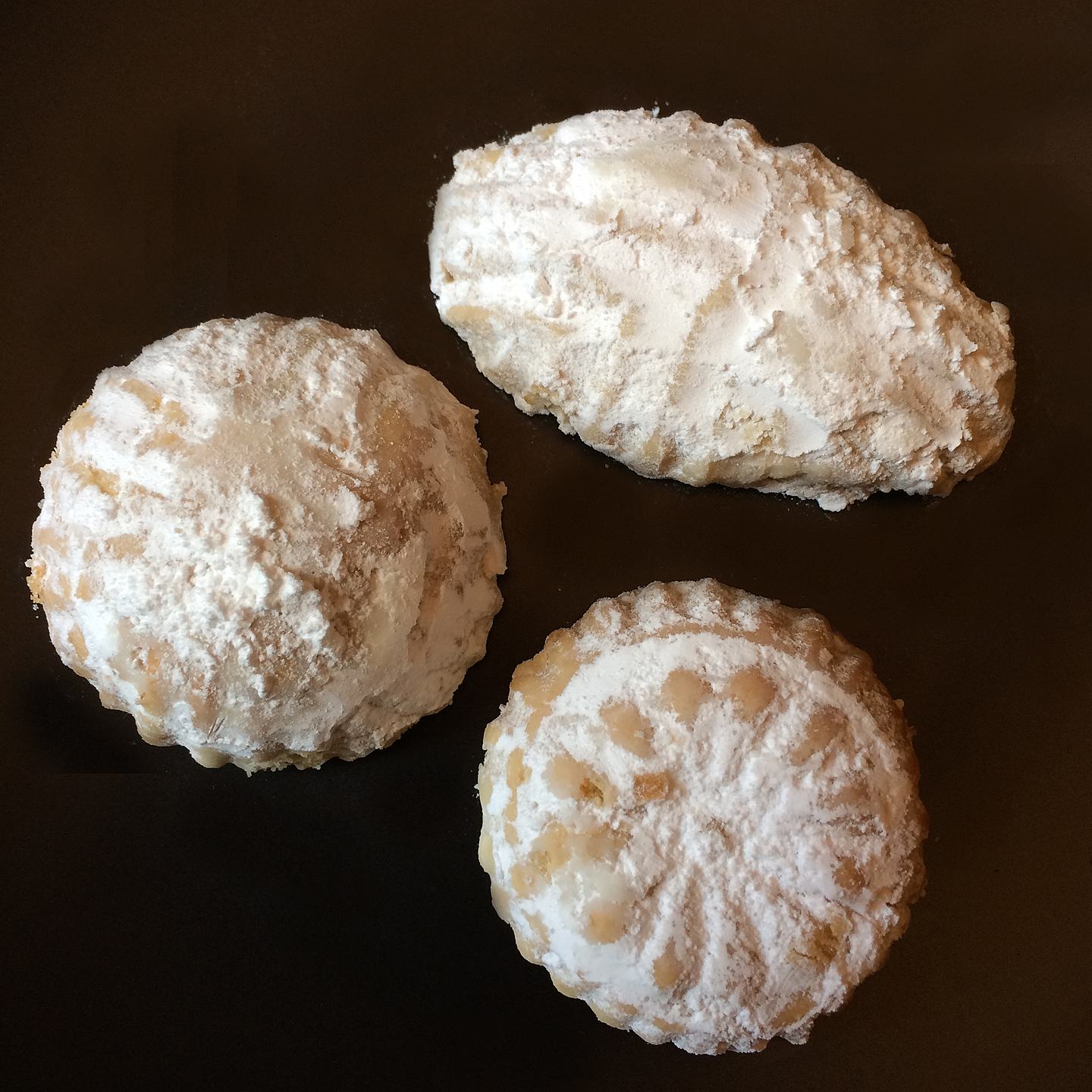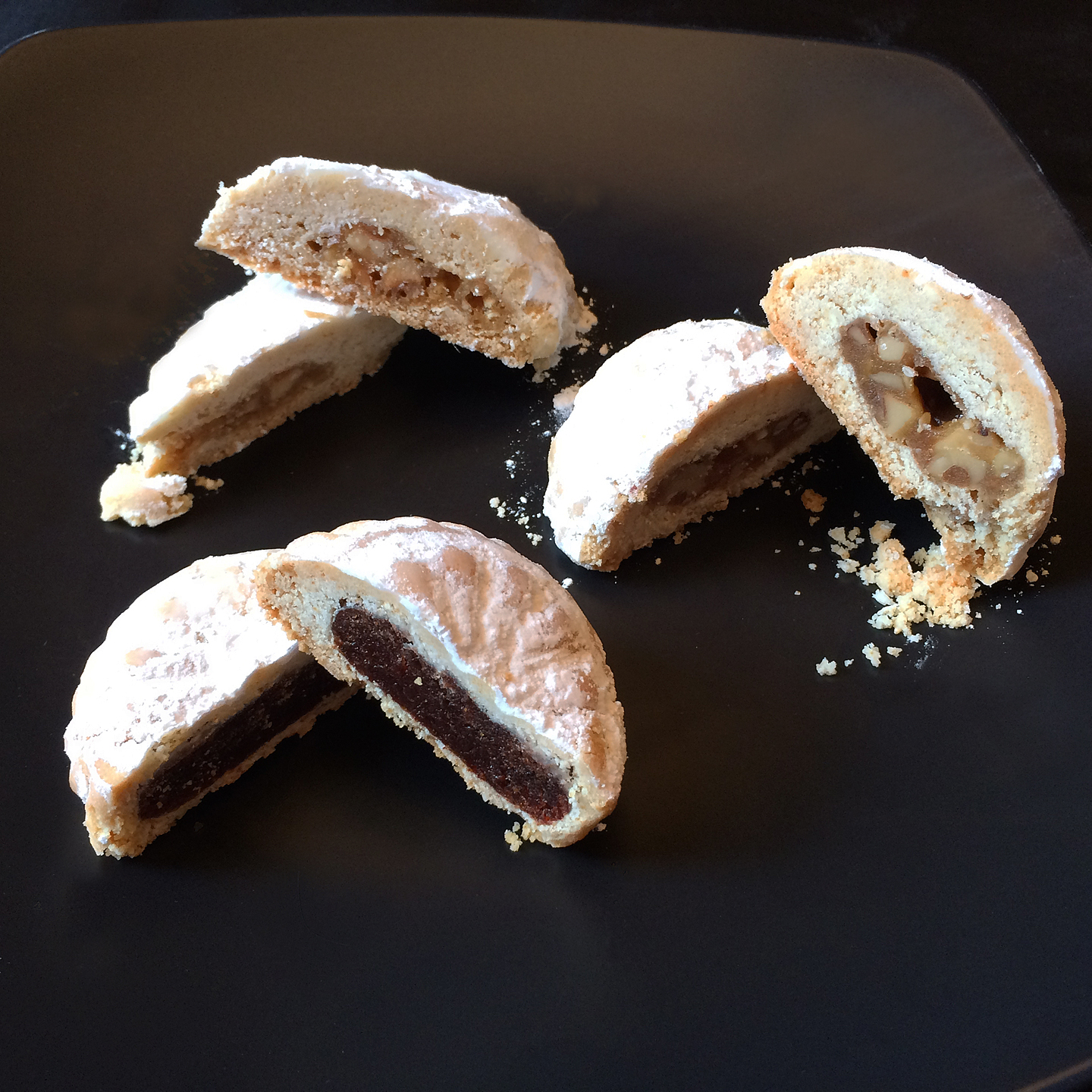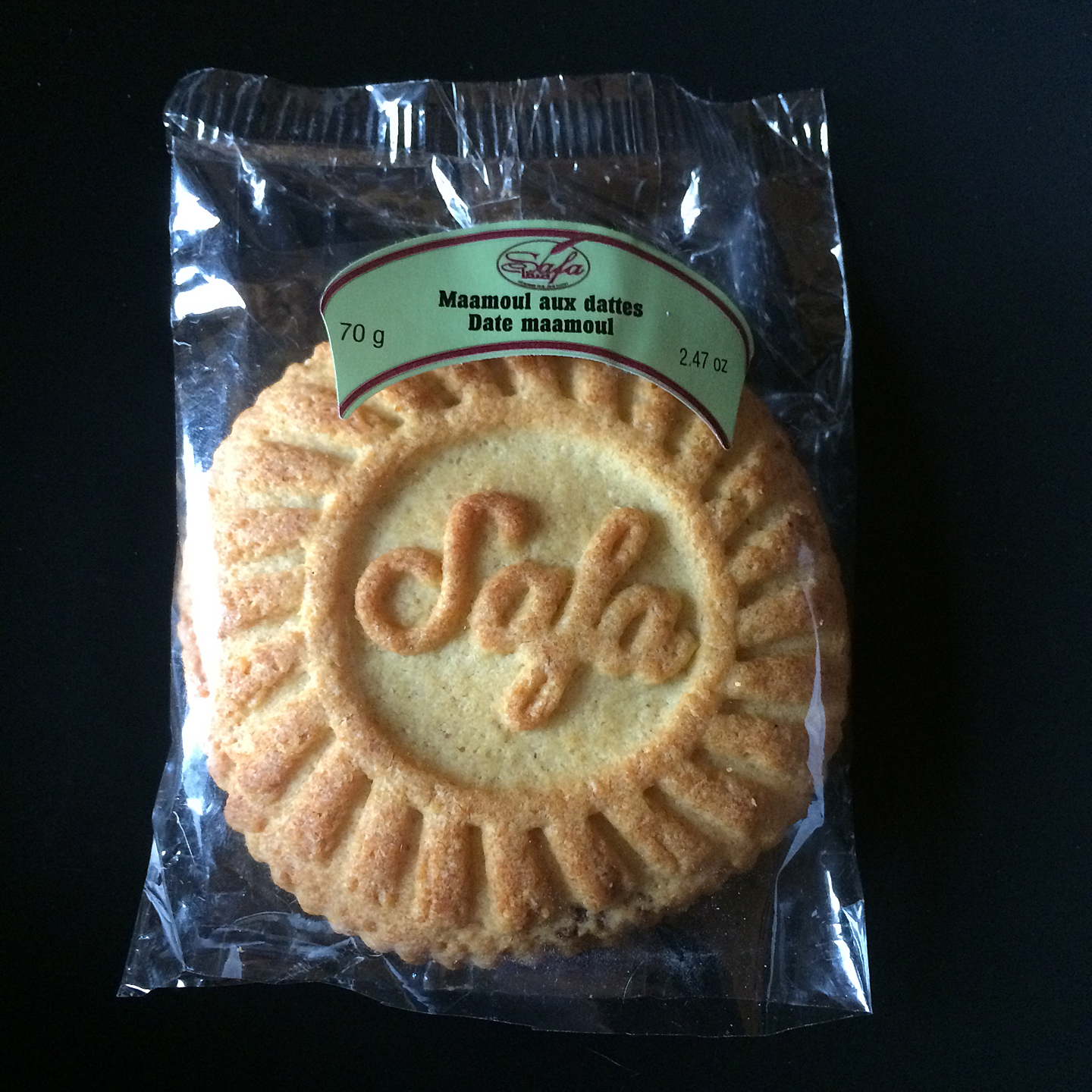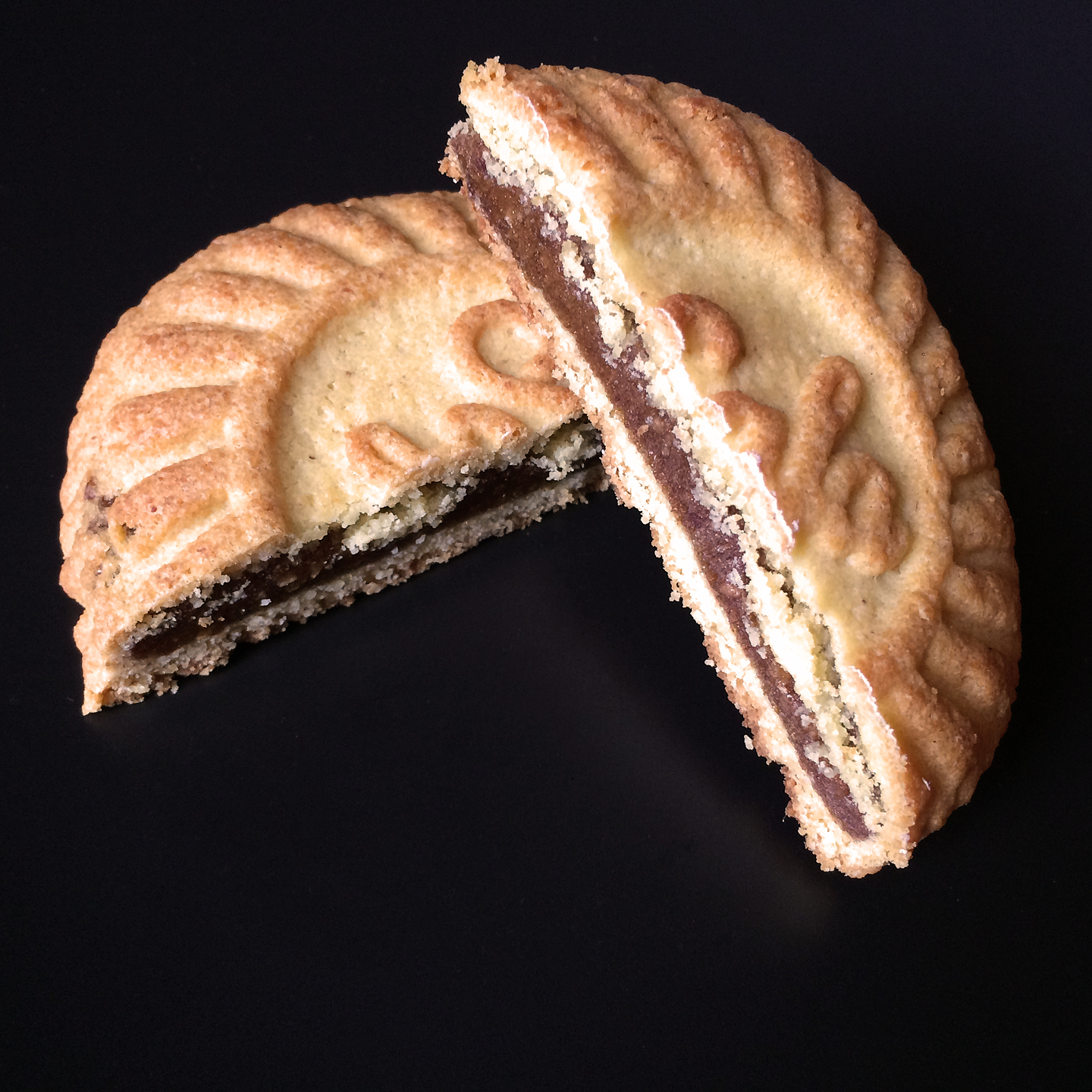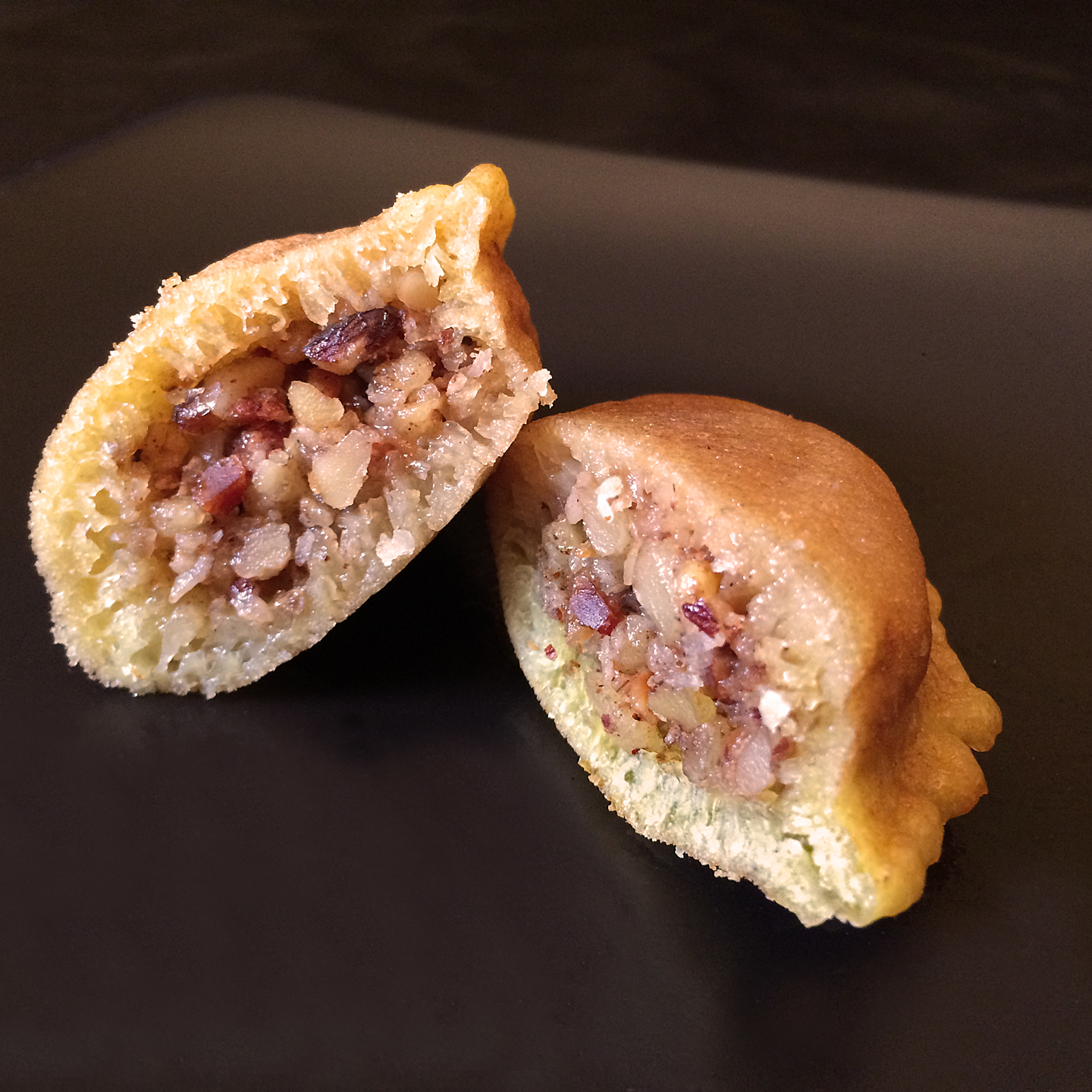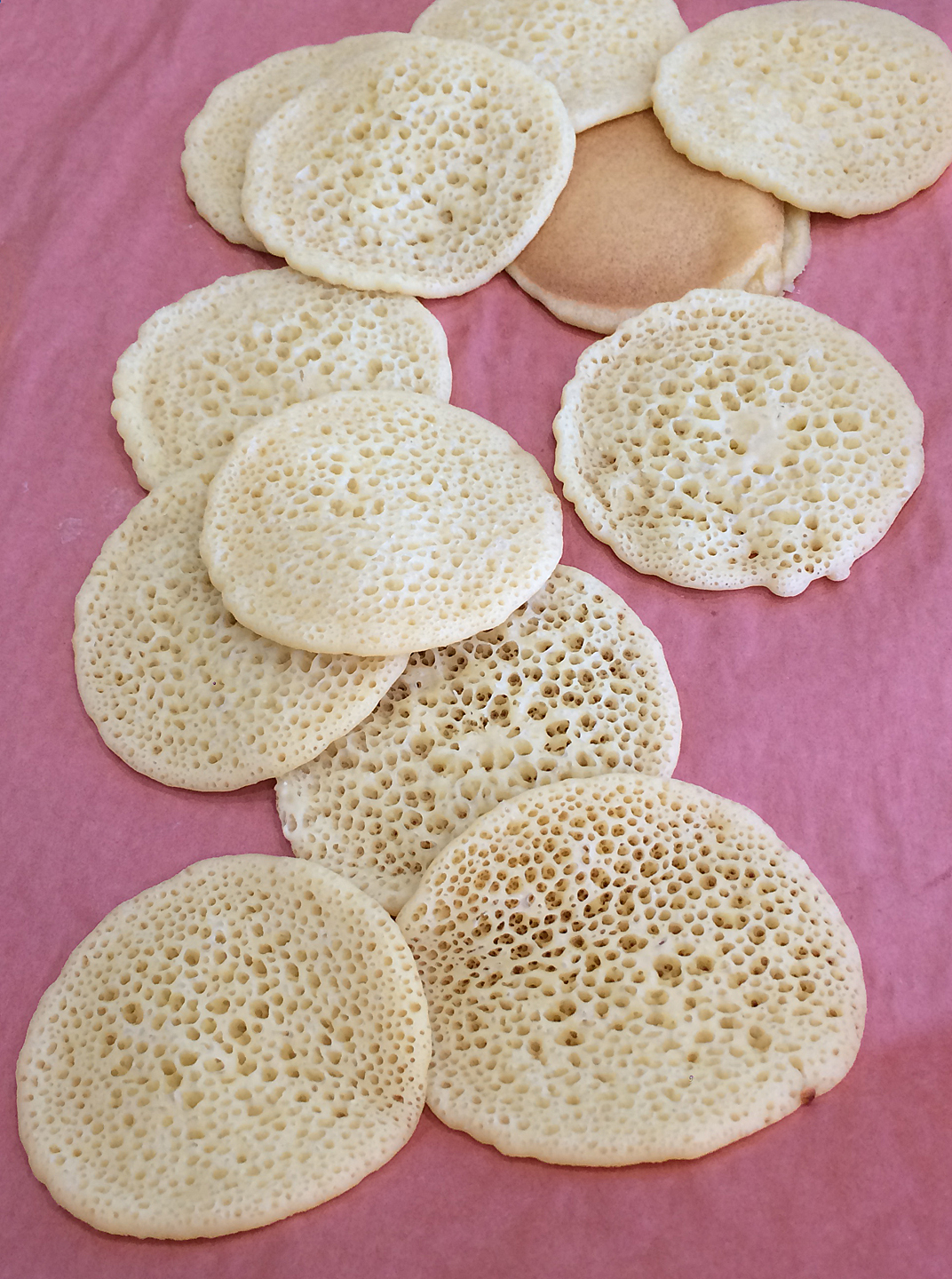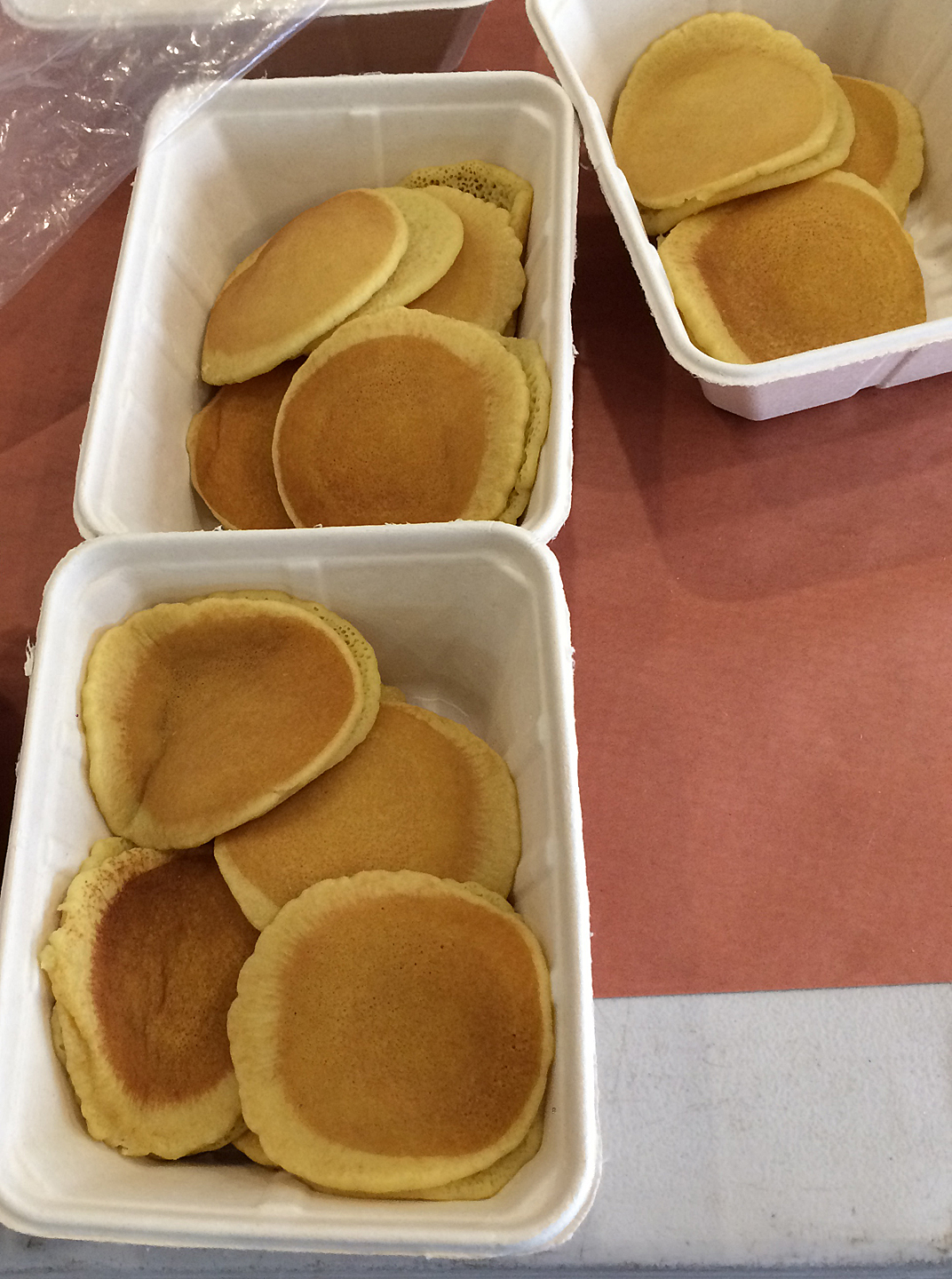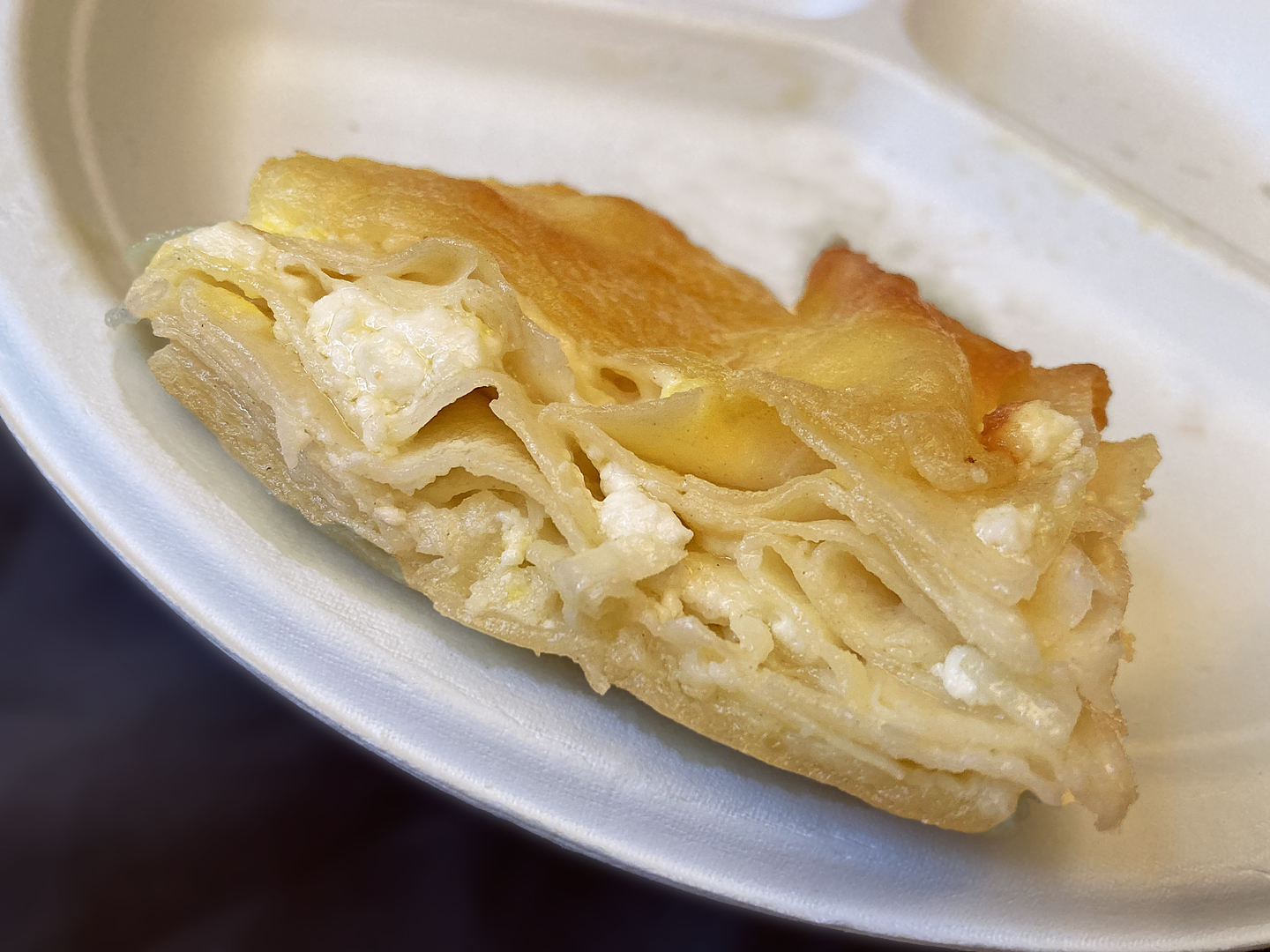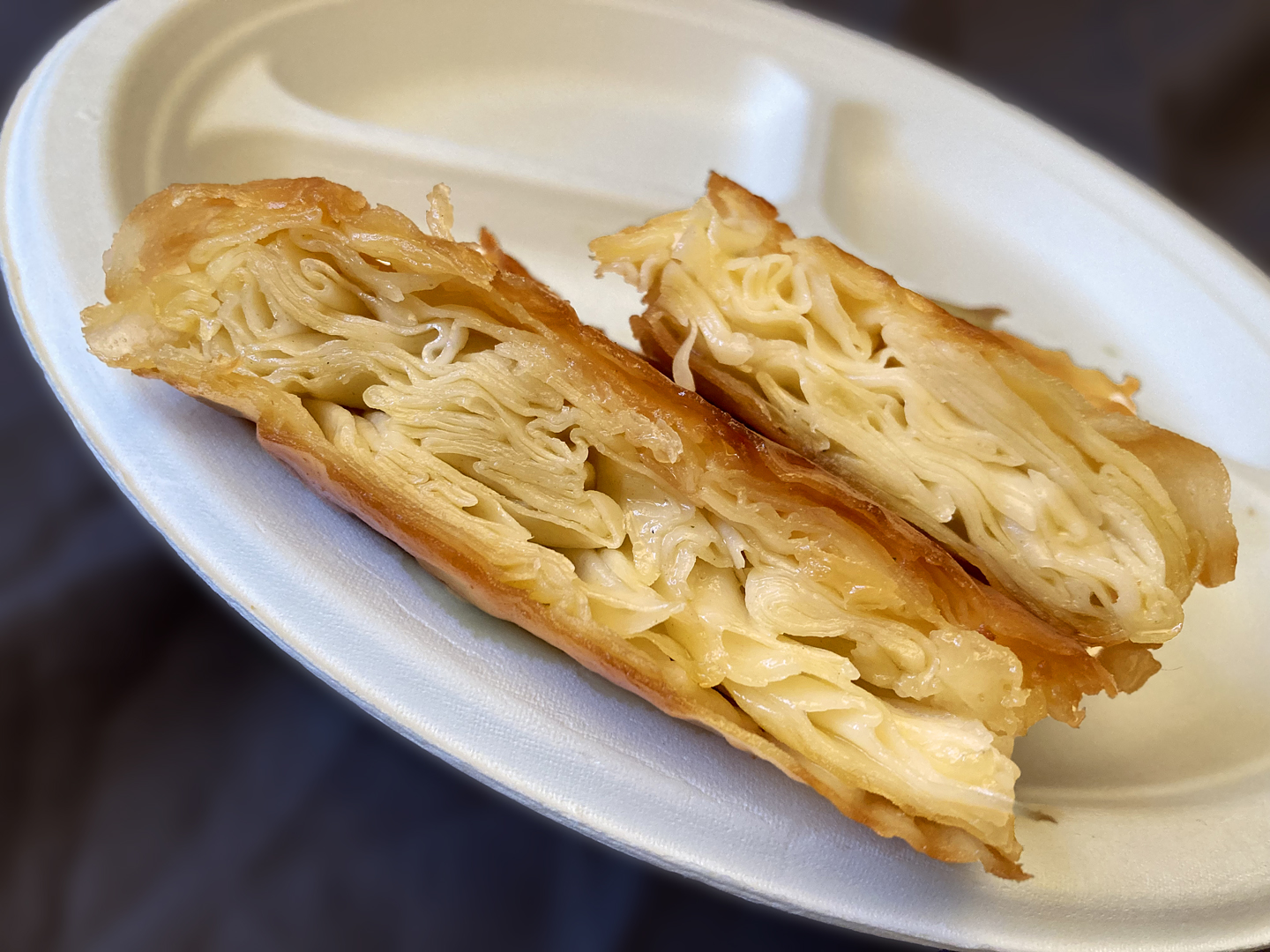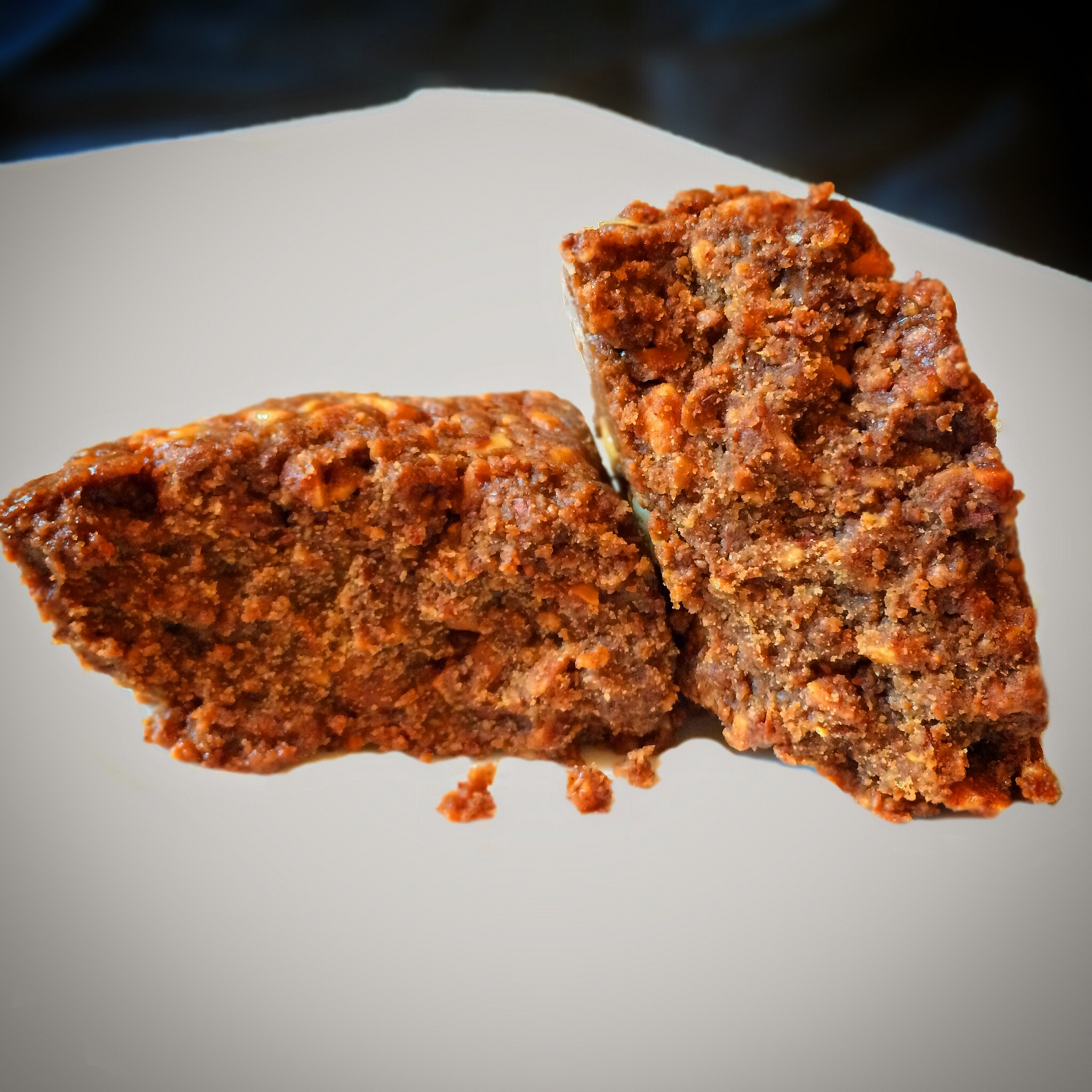A few posts ago, I wrote about Moe’s Donuts in Greenpoint. They’re outstanding, they’re unique, but they’re not Polish.
(Click on any image to view it in high resolution.)
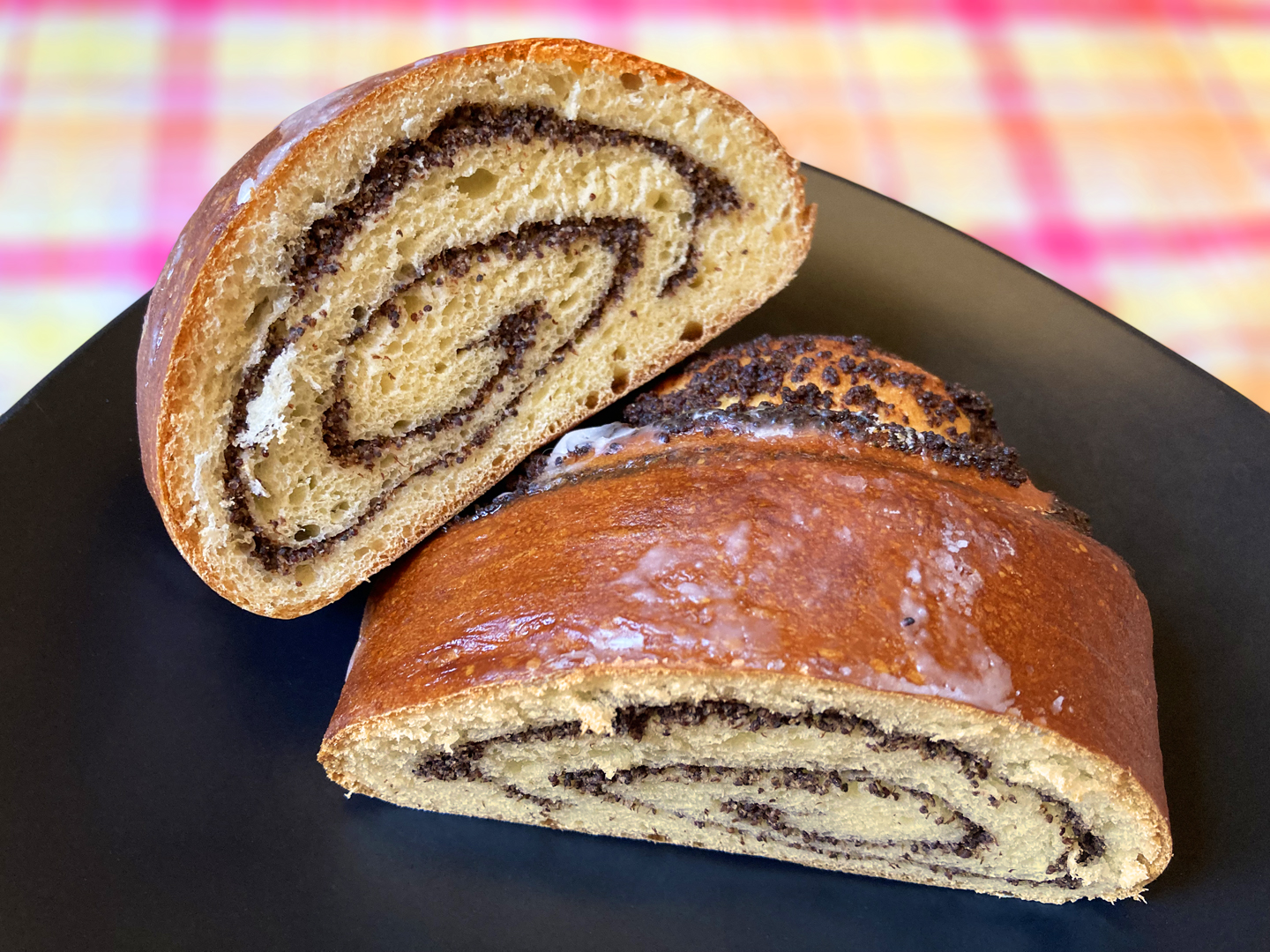
A few of my favorite neighborhood bakeries haven’t survived, but that doesn’t spell the absence of authentic Polish goodies. And speaking of spelling and authentic Polish goodies, this is Drożdżówka z Makiem: “bun with poppy seeds”. Polish bakeries typically offer an assortment of sweet poppy seed pastries. The seeds are ground and cooked together with sugar and other ingredients to make a distinctive coarse paste used in dozens of Eastern European dessert recipes. If your only contact with poppy seeds is in the form of a scattering on top of a Kaiser/Vienna roll or a bagel, understand that those savory sprinkles and this sweet poppy seed filling are Poles apart. (Sorry, not sorry.) My recommendation: the more plentiful the poppy seed filling in the pastry you choose, the happier you’ll be.
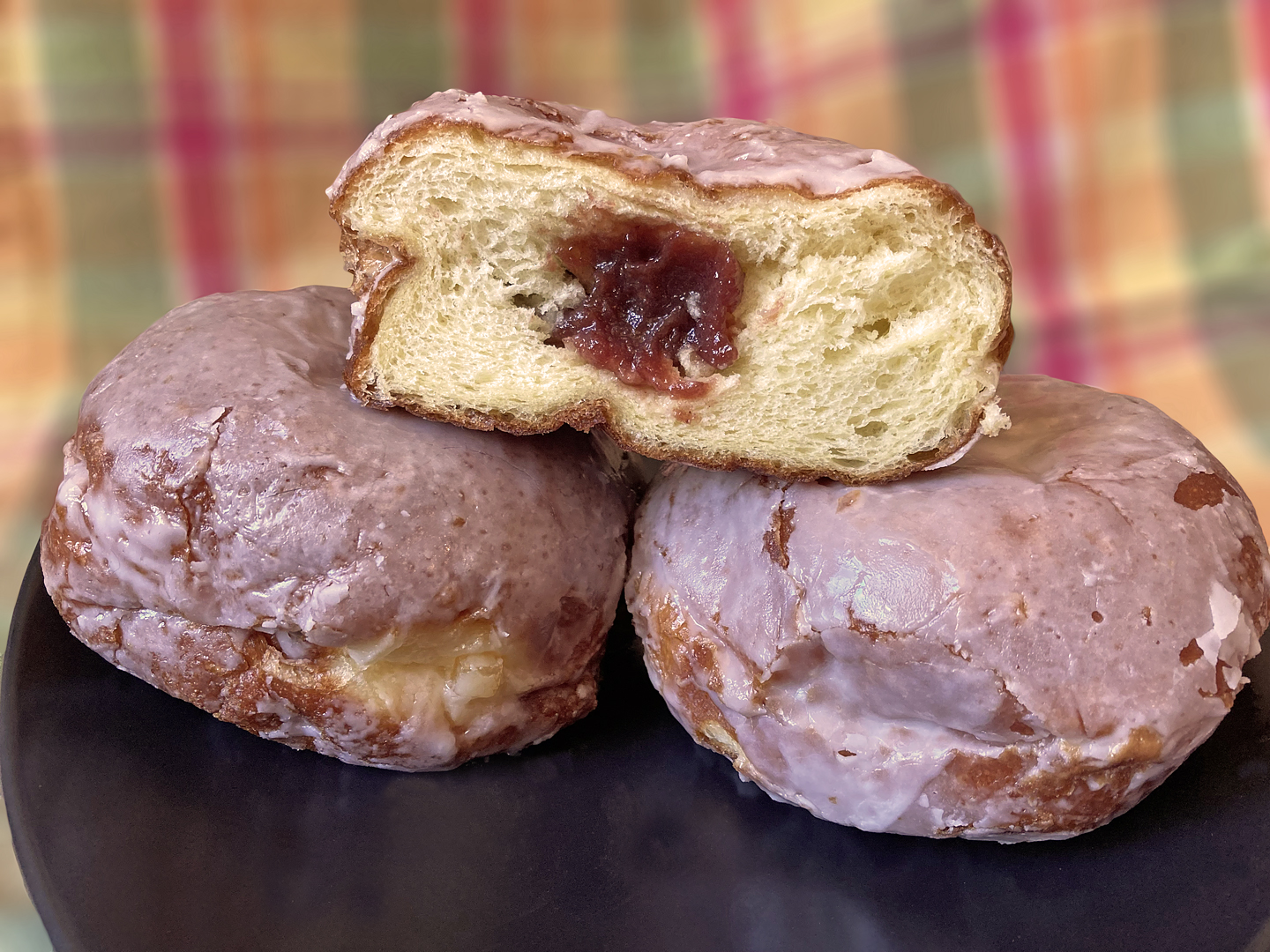
These are freshly baked Pączki, genuine Polish jelly donuts that frequently come coated with a sugar glaze; you’ll find that the distinctive dough differs a bit from most American jelly donuts. It seems that they’re available just about everywhere that sells fresh food in the neighborhood – even if it’s not a bakery – if you just look for them. The filling in these tasted somewhat like apple, but I suspect there’s more to it than that.
And of course we’ll sample pączki if I do a Greenpoint food tour – but that’s up to you. I’ll do one more post after this one (Kielbasi!) and after that I’m looking forward to hearing from you to see if you’d like to join me on a Little Poland ethnojunket.
Stay tuned!

